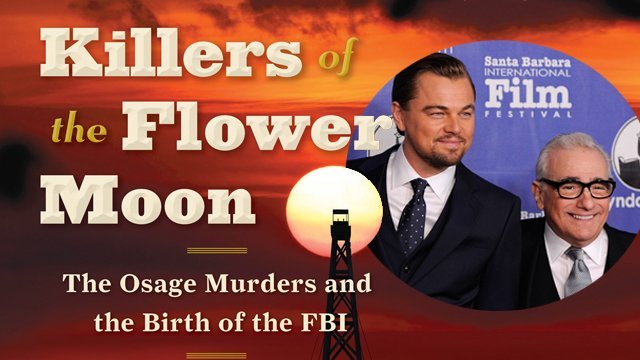
It’s paced slowly, with long, measured sequences bereft of the short of explosive jump cuts and snap-zooms for which the director is so well-known. But other than thematic connections, Silence feels wholly different from the standard sensational blitzkrieg of Scorsese filmmaking.
#SCORSESE FILMS MOVIE#
Starring Andrew Garfield as a Jesuit priest in Japan, the movie shares the heavy Scorsese themes of Christianity, sacrifice, and the burden of Catholic guilt. Always an adventurous filmmaker first and foremost, the auteur had taken risks before, with films like Last Temptation and Kundun before, but Silence stands on its own. Toward the end of his fourth decade of filmmaking, Scorsese finally tied off one of his longest-gestating passion projects, and the result looks nothing like any film from the rest of his oeuvre.

Whether you like the movie or not, the film has proven itself to be enduringly relevant–the song “Theme from New York, New York” was written for this movie. In the end, New York, New York, a tour de force display for Liza Minelli, stands as one of the weirdest experiments in American film history. Going way over budget, riddled with on-set drug problems and scandal, film historians frequently cite productions like New York, New York as the self-indulgent auteur catastrophe that brought an end to the era of American cinema when directors, not producers, had complete authorship of productions.

And boy, was it a disastrous in its time. And that’s exactly what New York, New York turned out to be–a musical neo-noir that was half Fred Astaire and half Mean Streets. Scorsese, a well-known cinephile and lover of 1950s movie musicals, decided to take on the seemingly impossible challenge of updating the musical genre for the '70s cinema verité era. After the spectacular success of Taxi Driver, Scorsese and De Niro were at the height of their influence.

The 1970s were coming to an end and the so-called American New Wave movement was on the verge of complete implosion.


 0 kommentar(er)
0 kommentar(er)
